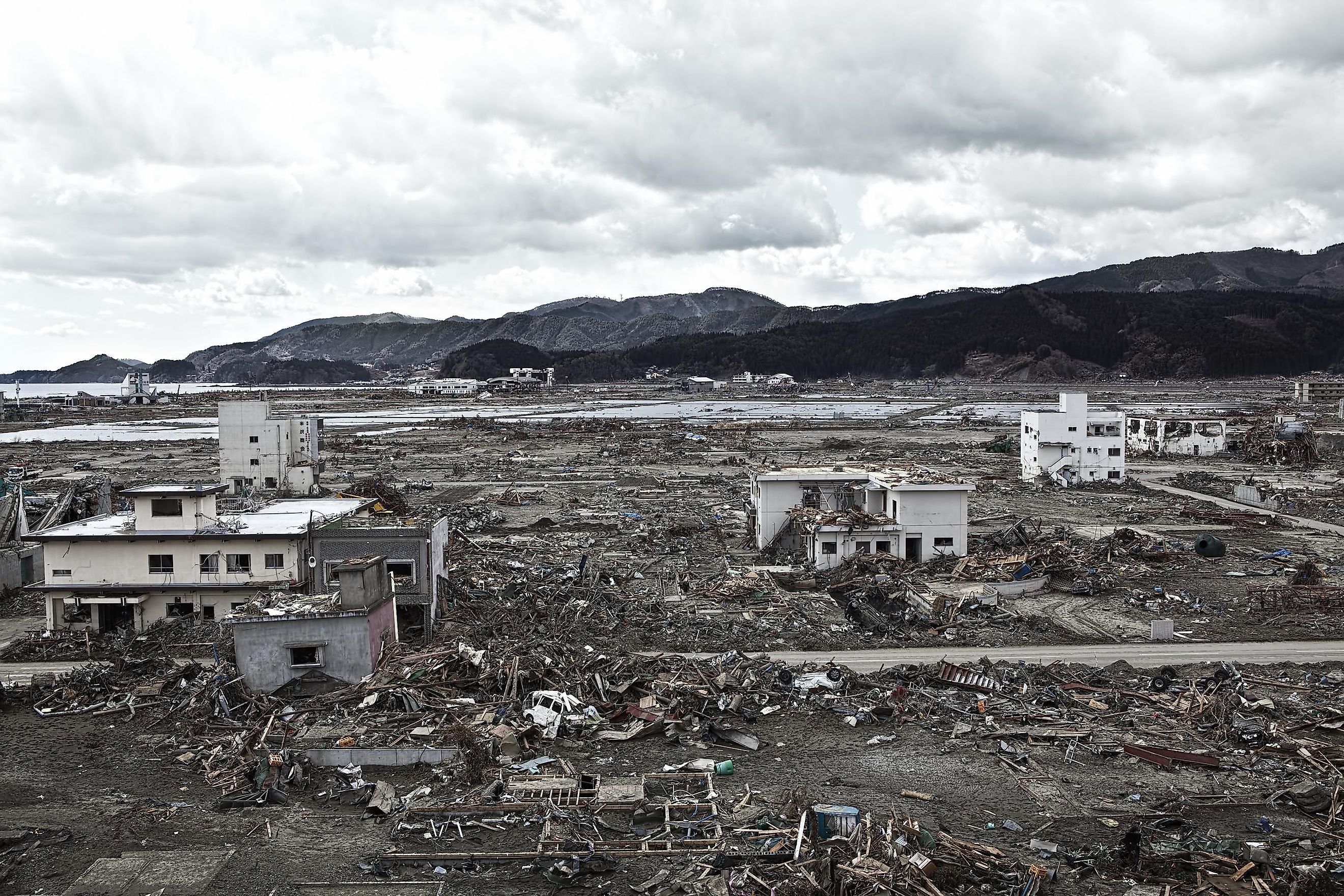
The World's Costliest Earthquakes
The main concern when an earthquake strikes is, of course, the loss of human life. However, aside from the immediate danger, the financial damage a large quake can bring about is truly staggering. The most costly earthquake in recorded history was the Tōhoku Earthquake which brought Japan to its knees. Costing an estimate of $320 billion, Japan will be feeling the effects of this earthquake for generations to come.
The Costliest Earthquakes In History
| Rank | Location | Cost of Damage (Adjusted for 2023 Inflation) |
|---|---|---|
| 1 | Tōhoku (2011) | $320 billion |
| 2 | Hanshin (1995) | $60 billion-$399 billion |
| 3 | Turkey and Syria (2023) | $163 billion ~ |
| 4 | Sichuan (2008) | $212 billion |
| 5 | Northridge (1994) | $82 billion |
| 6 | Christchurch/Canterbury (2010/2011) | $56 billion |
| 7 | Chuetsu (2004) | $45 billion |
| 8 | Sikkim (2011) | $30 billion |
| 9 | Izmit (1999) | $11 billion - $36 billion |
| 10 | Kumamoto (2016) | $30 billion - $58 billion |
Tōhoku (2011)
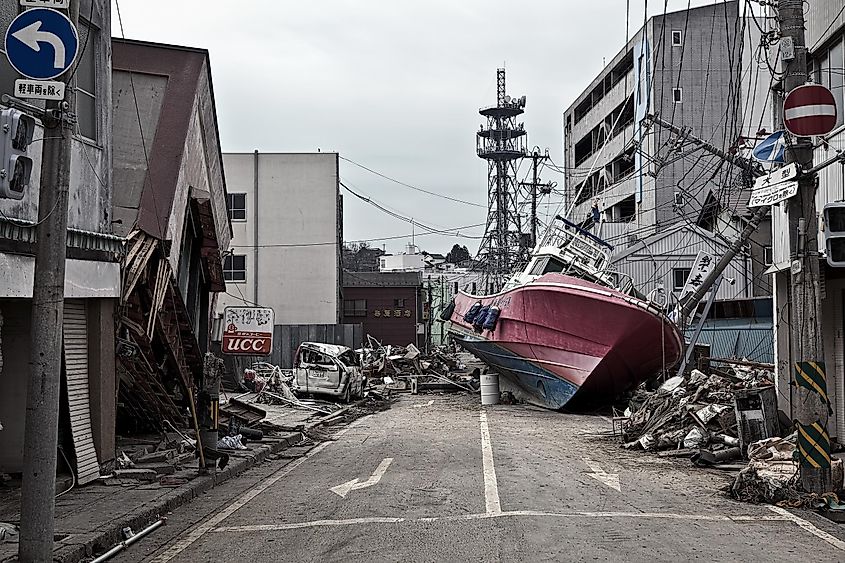
In 2011 Japan experienced a massive 9.1-magnitude earthquake that took an immense toll on the country's economy. The earthquake caused a tsunami with waves that exceeded over 120 feet in height which crashed into coastal cities, destroying buildings and vital infrastructure.
The earthquake famously triggered a nuclear disaster at the Fukushima power plant. This resulted in tons of nuclear waste leaking into the ocean and the nearby area. The clean-up effort for both the nuclear disaster along with the rebuilding of nearly 100,000 homes cost the Japanese government more than $320 billion.
Hanshin (1995)
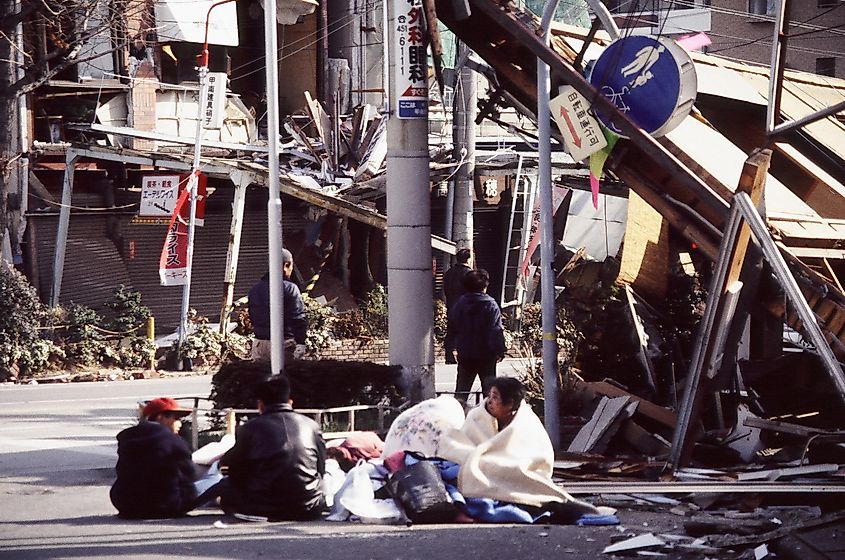
On January 17, 1995, Japan was hit by a magnitude 6.9 earthquake. The earthquake caused lasting damage to around 400,000 buildings, started around 300 fires, and caused extensive damage to transport infrastructure.
Railways in the region could only function at 30% of the usual capacity following the collapse of support structures. Citizens experienced an interruption in the supply of gas, electricity, and water immediately after the earthquake. The total cost of damages is anywhere between $60 billion and $399 billion.
Turkey and Syria (2023)
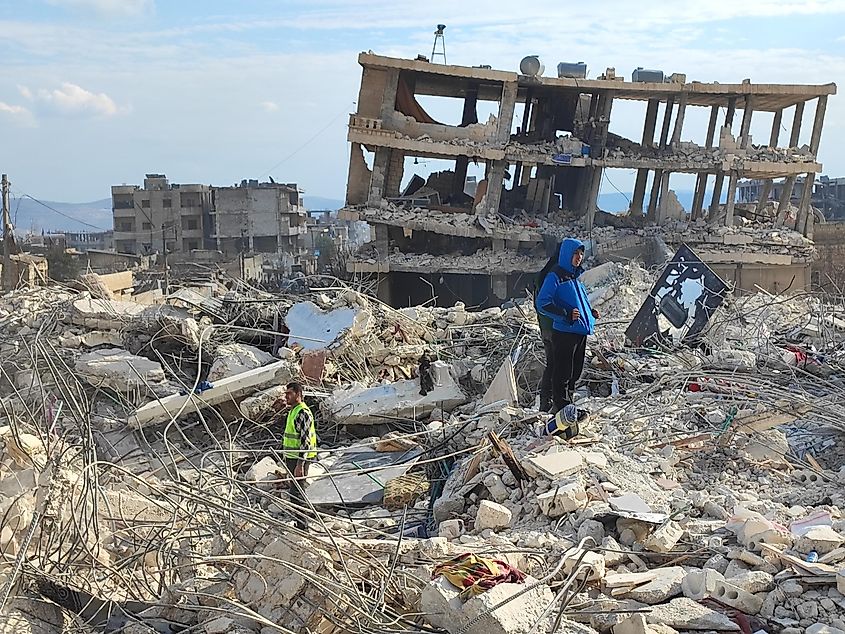
In early 2023, Eastern Turkey and Northern Syria were shocked by a series of devasting earthquakes that resulted in the complete destruction of some towns and cities. Entire apartment buildings came crashing down in some places. Experts point to poor building restrictions and a lack of regulation as to why so many people were killed during the disaster.
The cost of these earthquakes is still not completely known. The region is still recovering from this travesty and it will likely take many more years until things are back to normal. The repair of key infrastructure is the main focus at this time. So far it has cost the governments of Syria and Turkey a combined $163 billion, but it will likely be much more.
Sichuan (2008)
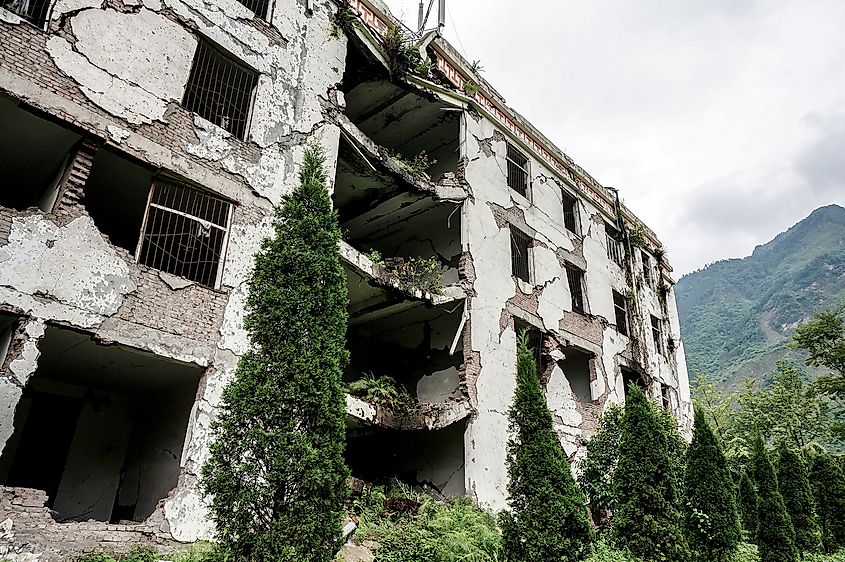
The deadliest earthquake to hit China in the 21st century, the 2008 Sichuan earthquake took an immense toll both in human lives and in damages. More than 4.8 million people were left homeless after more than 200,000 landslides were triggered as a result.
The earthquake damaged all the major roads in Wenchuan which slowed down the arrival of emergency services. In Shifang, about 80 tons of ammonia leaked into the area after two chemical plants collapsed. In total, it cost the Chinese government $212 billion.
Northridge (1994)

In January 1994, a large earthquake struck in the San Fernando Valley only a few miles north of Los Angeles. While the earthquake was not the most powerful, a 6.7 in magnitude, it was still able to wreak incredible damage on the surrounding area.
Santa Monica and Hollywood were some of the most affected areas. There was major damage done to the Santa Monica Freeway, a key highway that was used by millions of people each day. The quake even managed to topple an apartment building in Northridge killing 16 people. In total, the earthquake caused $82 billion in damages.
Christchurch/Canterbury (2010/2011)
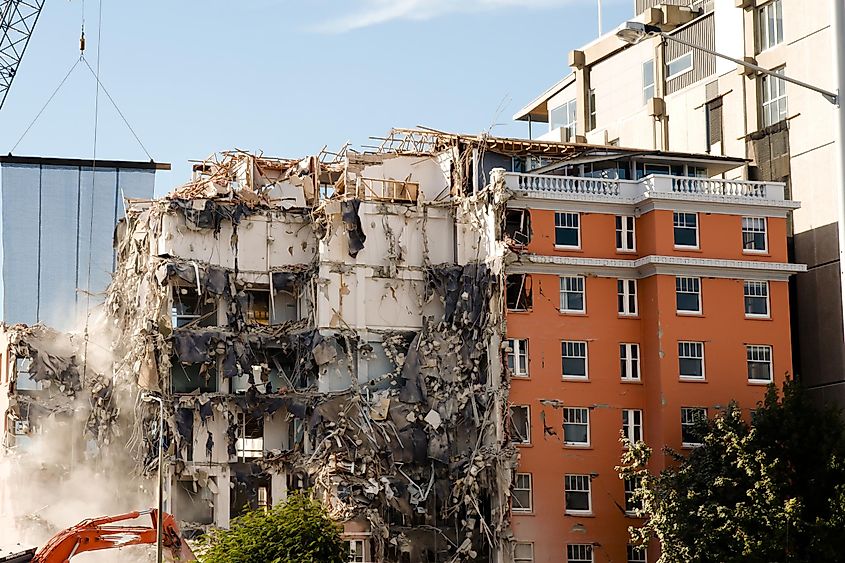
Both the Christchurch and Canterbury earthquakes happened only a few months after one another. The first quake took place in September 2010 while the second followed up in February 2011. The first earthquake was bad enough but it was the second one that really did damage to an already reeling infrastructure system.
The earthquakes were so intense in some places that they caused a process called liquidification. This is when already weak soil is made even more unstable after intense stress or shaking. As a result, many buildings were rendered unsafe or collapsed altogether. This pair of earthquakes caused $56 billion in damages.
Chuetsu (2004)
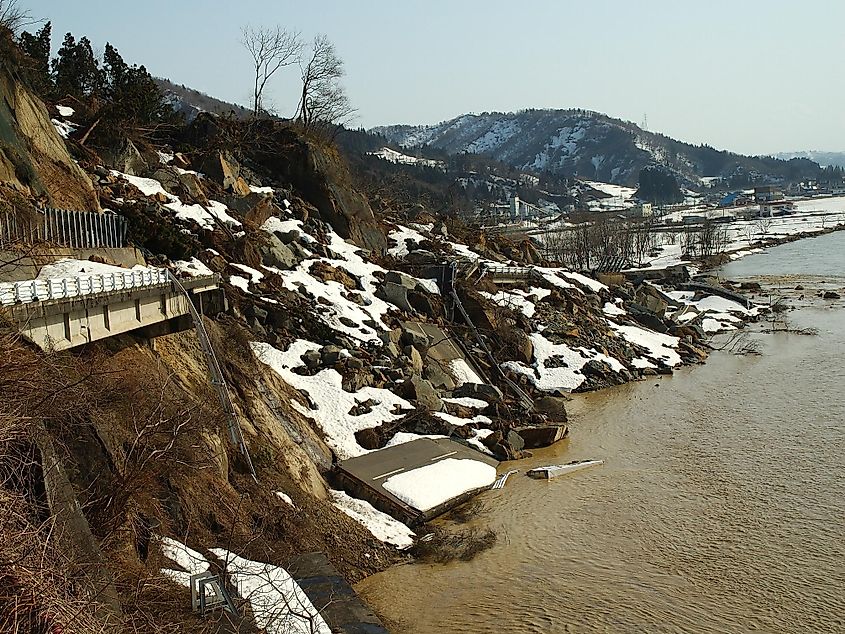
On October 23, 2004, the Niigata Prefecture in Japan was hit with a magnitude 6.6 earthquake. The quake was powerful enough to trigger a series of landslides that wiped out roads and destroyed dozens of homes in an instant.
The damage to local infrastructure was immense. Trains were detailed as the tracks were damaged during the earthquake. Thankfully, only a small number of people died but the monetary impact was immense. The total cost of the earthquake was $45 billion.
Sikkim (2011)
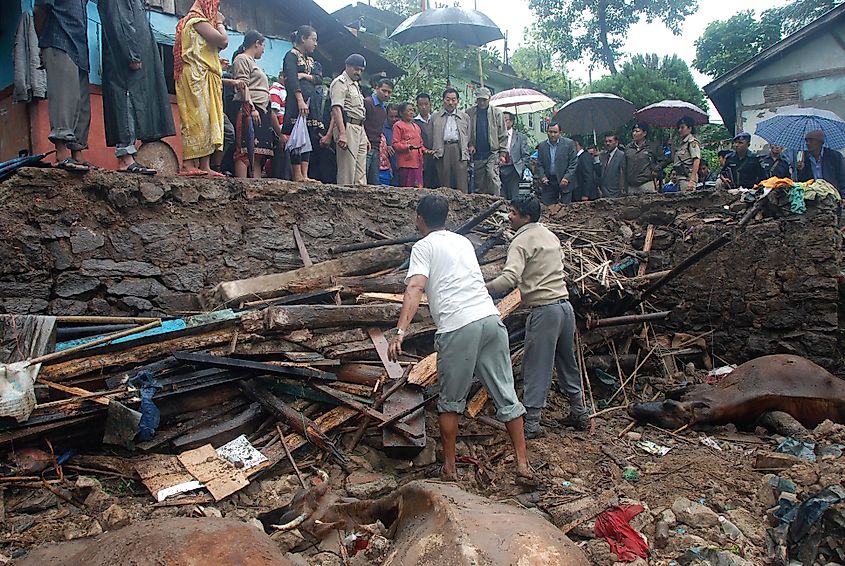
On September 18th, 2011, the mountainous state of Sikkim was brought to its knees by a series of violent earthquakes. Sometimes referred to as the 2011 Himalayan earthquake, this quake resulted in terrible landslides and the total destruction of some buildings.
The local power and water supply was severely damaged during the earthquake along with major damages done to critical highways and roads. Once the dust settled it cost India $30 billion to repair the damages, the costliest earthquake in the country's history.
Izmit (1999)
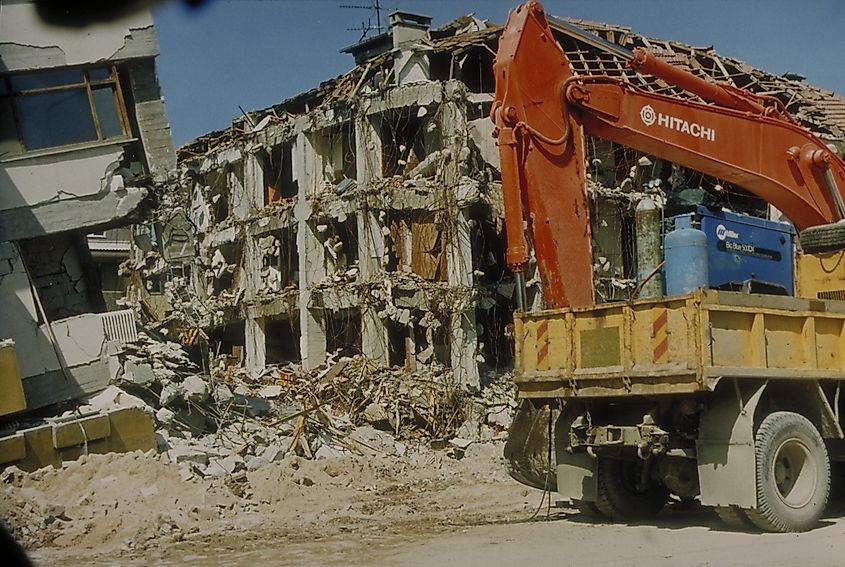
On August 17th, 1999, Turkey was the victim of one of the worst earthquakes in recent memory. Primarily affecting the Kocaeli Province is it estimated that between 17,000 and 18,500 people died as a result of the quake.
Thousands of buildings were either destroyed or took serious damage. The earthquake caused a fire to erupt at the Tüpraş petroleum refinery. The fire burned and spread for five days before it was finally extinguished. This quake caused $11 billion - $36 billion in damages.
Kumamoto (2016)
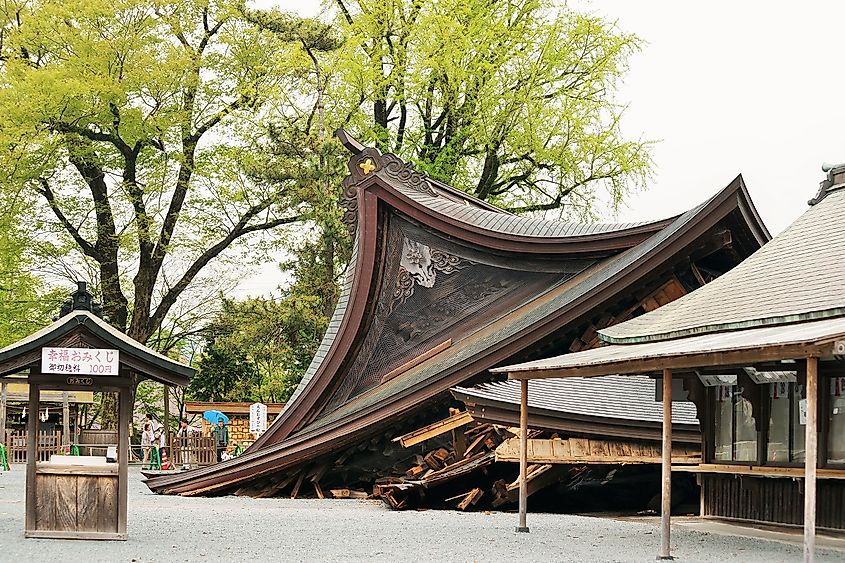
In April 2016, the Kumamoto Prefecture in Kyushu Region, Japan was stuck by two earthquakes in short succession. The earthquakes killed hundreds of people and caused mass destruction across the region.
Kumamoto city was left without water and nearby towns were evacuated in fear that some of the dams in the area would fail and cause mass floods. More than 1,000 buildings were destroyed as a result and fires raged across the city for days.
Conclusion
Earthquakes are one of the most destructive and catastrophic natural disasters. The impact on both human life and national economies is often felt years after the fact. Thankfully, as technology improves, better precautions are being taken to help minimize the damage done to buildings and infrastructure during large earthquakes.











